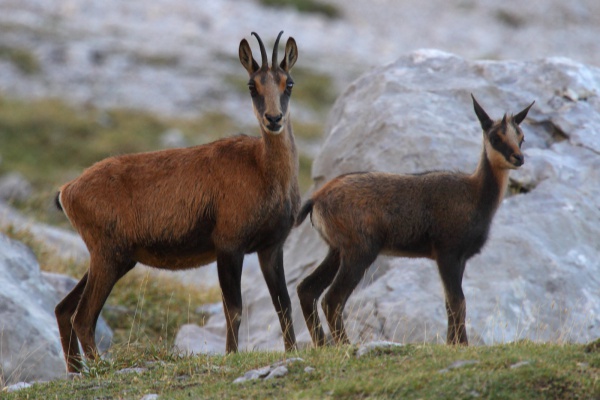Facts About Cantabrian chamois
The Cantabrian chamois, a sleek goat-antelope, roams the rugged Cantabrian Mountains in northern Spain. As of 2007-2008, there were approximately 17,000 of these animals. There is ongoing debate among scientists regarding its classification, with different studies suggesting it might belong to various subspecies within the Rupicapra genus. Locally, it is known by several names in Spanish.
You can identify a Cantabrian chamois by its distinctive hooked horns and unique coloring. Males typically have more pronounced horns than females. These animals have specific measurements for weight, length, and height. They primarily inhabit the Cantabrian Mountains, favoring subalpine areas near forests and cliffs.
Their diet mainly consists of grasses throughout the year, but they graze more on dwarf shrubs during the winter. The chamois reproduce annually, with females reaching sexual maturity at three years old. They are quite social, often seen in stable groups such as mother-offspring pairs.
In 2007-2008, the population was around 17,400, though numbers have fluctuated due to hunting and disease. Their predators include wolves, foxes, and golden eagles, with sarcoptic mange being a significant threat. To assist in their conservation, reintroduction programs have been launched to expand their range.

 Portugal
Portugal